Gem Report/ By Gwang-Chol Chang and Satoko Yano, UNESCO’s Section of Education Policy
Close to 80% of the world’s student population – 1.3 billion children and youth – is affected by school closures in 138 countries. Taken as a measure to contain the spread of the Covid-19 pandemic, some of these closures are recent, in others they have already been in place for months. In all cases, closures are placing unprecedented challenges on governments to ensure learning continuity, and on teachers, students, caregivers and parents.
UNESCO has been monitoring school closures since early March and documenting national responses, including through virtual ministerial meetings and webinars bringing together a community of practice.
This blog provides a snapshot of some of the measures taken by countries to address their immediate challenges. The information is based on various sources, including government announcements, official documents, decrees, circulars and guidelines available online, as well as media reports. As education is decentralized in many of the countries reviewed, the examples presented below may be implemented locally and not nation-wide – they are by no means exhaustive.
Countries have focused on ensuring continuation of learning
For all countries, avoiding the disruption of learning to the extent possible is the first priority. All countries are introducing or scaling up existing distance education modalities based on different mixes of technology. Most countries are using the internet, providing online platforms for continued learning (e.g., Argentina, Croatia, China, Cyprus, Egypt, France, Greece, Italy, Japan, Mexico, Portugal, Republic of Korea, Saudi Arabia, United Arab Emirates and United States).
In almost all countries, teachers and school administrators are encouraged to use applications to support communication with learners and parents as well as deliver live lesson or record massive open online course (MOOC) styled lessons. Learning content is also delivered through TV and other media (e.g., Argentina, Croatia, China, Costa Rica, France, Islamic Republic of Iran, Republic of Korea, Mexico, Rwanda, Saudi Arabia, Senegal, Spain, Peru, Thailand, and Viet Nam). Existing apps are being employed to maintain communication between teachers and learners (e.g., Costa Rica, Islamic Republic of Iran and Thailand).
To communicate the plan of distance learning programmes and mobilize all stakeholders, government agencies are launching awareness campaigns or communication strategies on distance education for all targeted groups, including parents, students, teachers and administrators (e.g., United Arab Emirates). Saudi Arabia uses its official Twitter account to regularly disseminate the information on online learning.
Equity in access to ICT-based learning is a major concern, as learners from under-privileged backgrounds tend to have less access to computers and other devices outside the schools. In some cases, they live in areas with no electricity and poor or no internet connectivity. Various actions are taken to address this challenge. For instance, China is providing computers to students from low-income families and offering mobile data packages and telecommunication subsidies for students. In France, efforts are being made to lend devices and provide printed assignments to the 5% of learners who do not have access to the internet or computers. To ease the disruption, the United Arab Emirates created a hotline for teachers and students to seek technical support if they face any difficulties. In Washington State, United States, the schools are not encouraged to provide online learning services unless equitable access is ensured. In Portugal, to tackle the fact that not all students may have access to internet at home, the government suggested a partnership with the post office services to deliver working sheets to be done at home.
Adjusting the school and exam calendar is a priority
Prolonged school closures are significantly affecting the school calendar in certain countries, in several cases coinciding with the period of university entrance exams. Several have rescheduled examinations and assessments for all levels of schooling, including universities (e.g., Chile, China, France, Japan, Spain and Viet Nam). China also provided some exams online. When exam dates cannot be changed, special arrangements (e.g., limited number of students who can take the exam at one time) have been introduced to ensure the safety of the exam-takers (e.g., Japan and Thailand). The school calendar is also being adjusted to accommodate lost days of learning (e.g., Spain, Republic of Korea and Viet Nam). In some cases in the United States all state testing has been cancelled for the 2019-2020 school year (e.g. Florida and Washington).
The school closure is also affecting the schedule for teacher training and teacher licensing. China has made some teacher training courses available online. In Japan, temporary teacher licenses are being issued, on a case-by-case basis, for teachers who could not participate in the license renewal training. In China, teacher qualification exams have been postponed. Administrative and teaching staff in the United Arab Emirates started receiving continuous specialized training remotely, using a new technological system for the first time. Chile has also adopted this initiative, sharing good practices with teaching staff and organizing webinars on teaching and administration online to those who most require digital skills training.
Ensuring access to nutritious meals is a major concern
Many children and youth, especially those coming from disadvantaged backgrounds, rely on free or discounted school meals for healthy nutrition. In Japan, families are receiving a refund for school fees while closures are underway and school lunches are being delivered to families in several school districts. Argentina and Washington State (United States) have also taken measures to continue school meal programmes despite closures. California (United States) has allowed schools to provide meals on a “pick-up and go” basis, and some districts are allowing families to pick up meals in bulk so they don’t have to return daily. In China, measures are taken to guarantee continued food supply for students staying or under isolation at school. The Autonomous Community of Catalonia (Spain) is ensuring nutritious meals for vulnerable children by issuing redeemable credit cards for any commercial food establishment.
Alleviating the burden on parents and caregivers has emerged as a challenge
Distance and home learning invariably places a heavy burden on parents and caregivers. Many are struggling to support children in their new learning environment, often juggling between supervision, their own work and house chores. In China, online pedagogical support is provided to parents/caregivers. Italy is also offering them online courses on how to manage the relationship with learners during confinement. Similarly, in Spain diverse communication platforms and apps are available (e.g. Edugestio) through which teachers and parents/caregivers share and co-build the learning process. Some countries, like Guatemala, are providing teaching guidelines and learning materials to parents/caregivers to ensure the continuation of learning offline.
Countries are keeping a small number of schools open to accommodate children who cannot be cared for at home (e.g., France, Japan, and Republic of Korea). In countries where citizens are not put under home-based confinement, regular visits by teachers to families are also organized to monitor the progress and well-being of students and to advise parents/caregivers (e.g., Japan and Thailand).
Social isolation of children needs to be addressed
Schools are hubs of social activity and human interaction. When schools close, many children and youth miss out on social contact that is essential to learning and development. Online communication apps (e.g., WhatsApp) are used to ensure communication between teachers and students as well as among students in many countries (e.g., Thailand). Interactive online classes also provide opportunities for social interaction. In many countries, such as China, Japan, Spain and the United States, psychological assistance is provided for those in need, including a 24h hotline and monitoring calls to avoid the isolation feeling.
What’s next?
With the situation evolving day by day, countries are employing a multiplicity of approaches to minimize the impact of the pandemic on learning. As this snapshot illustrates, policies go beyond rolling out distance learning modalities. They encompass measures to address the social dimensions of this crisis, which is affecting the lives of children in a myriad of ways. Due to prolonged confinement, children are being separated from their peers and teachers and deprived of socializing activities, including sports.
As the confinement continues, it is critical to protect their well-being and mental health, and to increase support to families, teachers and caregivers. UNESCO will continue collecting, analyzing, and sharing policy measures being taken by countries but also encouraging and advising others who are less prepared for this exceptional period. Such cooperation will support Member States in making critical decisions to ensure learning continuity, guided by principles of equity and inclusion.
Fuente: https://gemreportunesco.wordpress.com/2020/03/24/how-are-countries-addressing-the-covid-19-challenges-in-education-a-snapshot-of-policy-measures/
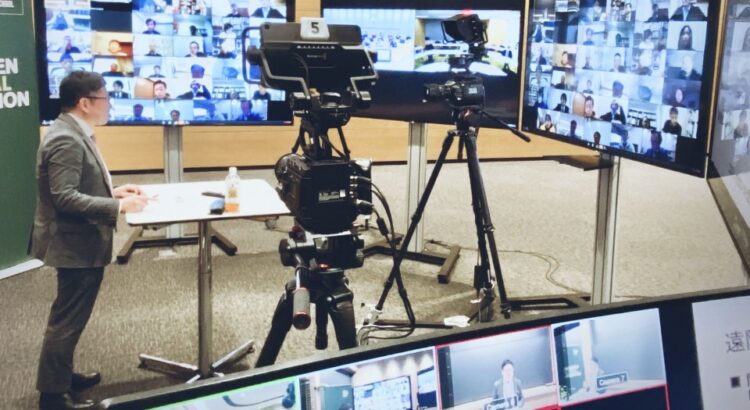
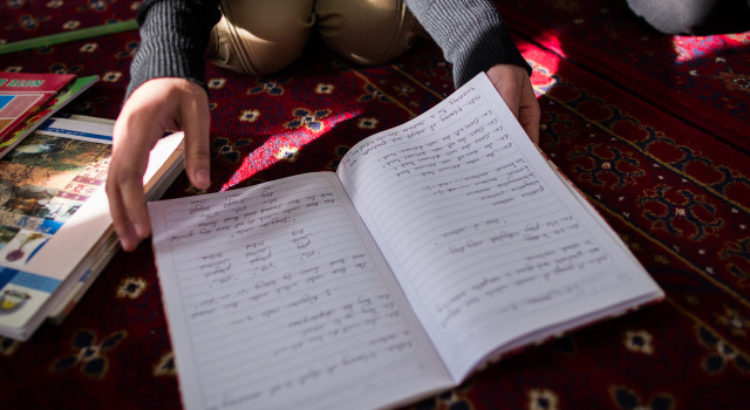
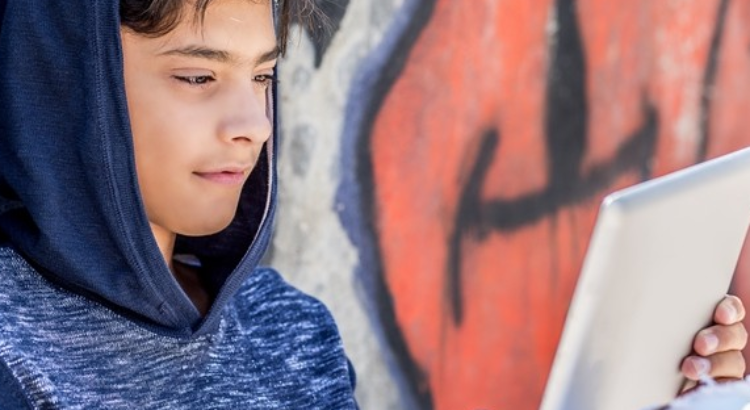
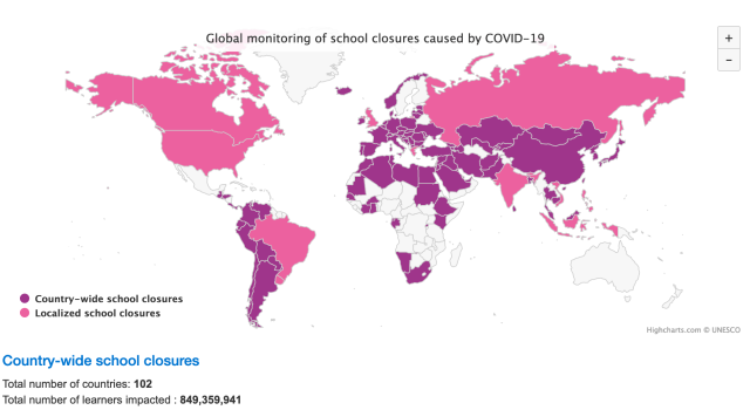
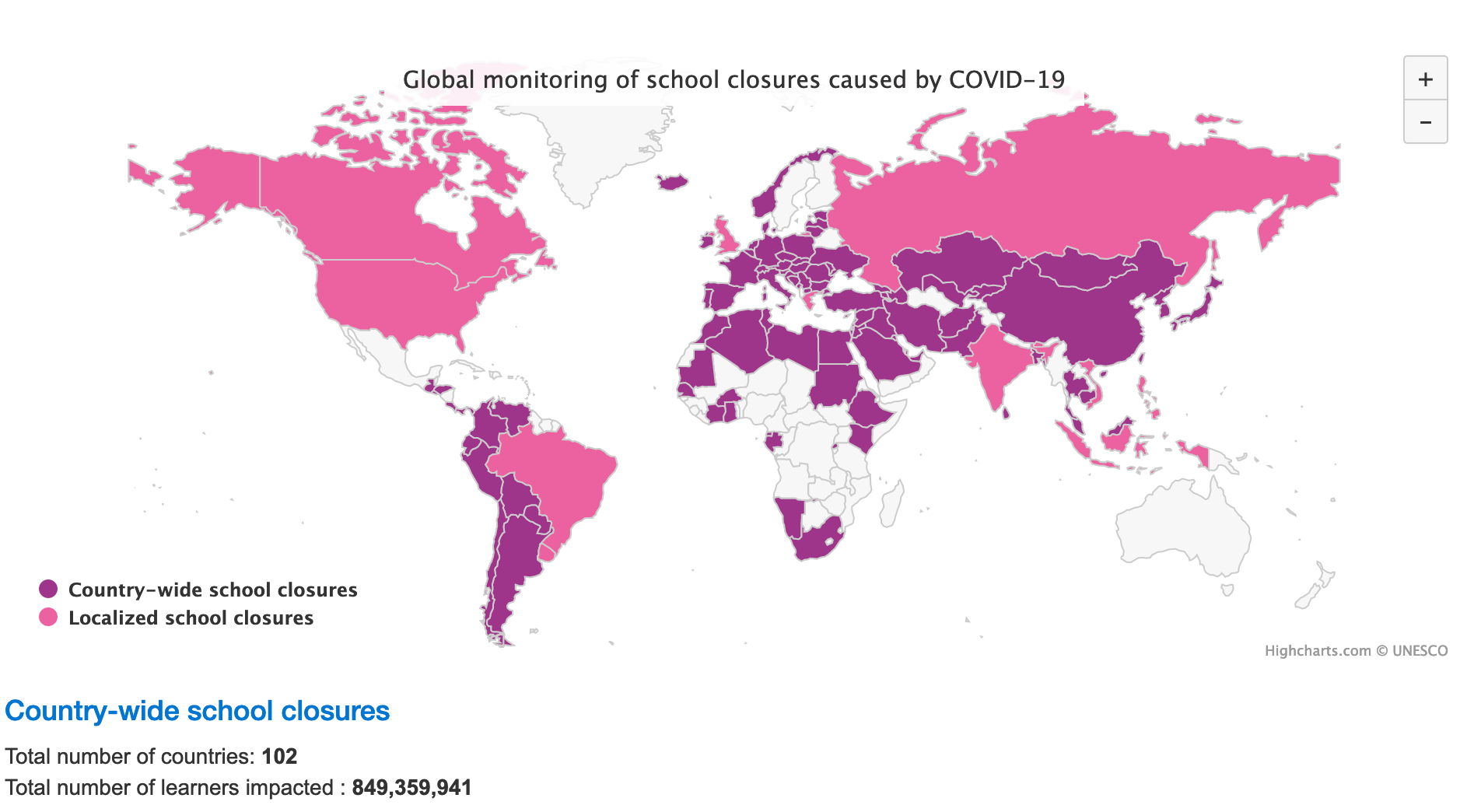

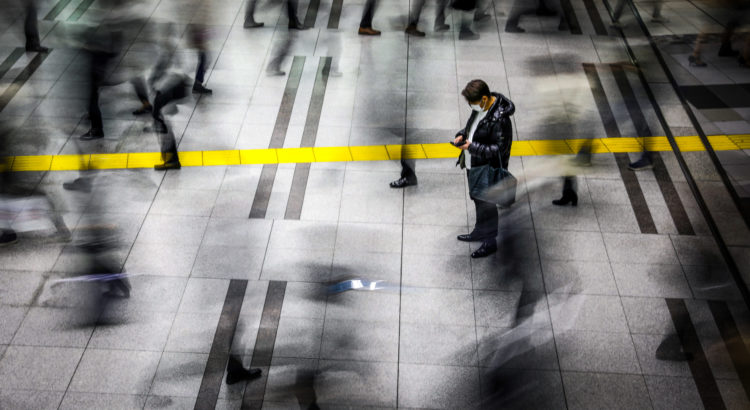







 Users Today : 292
Users Today : 292 Total Users : 35459887
Total Users : 35459887 Views Today : 467
Views Today : 467 Total views : 3418439
Total views : 3418439